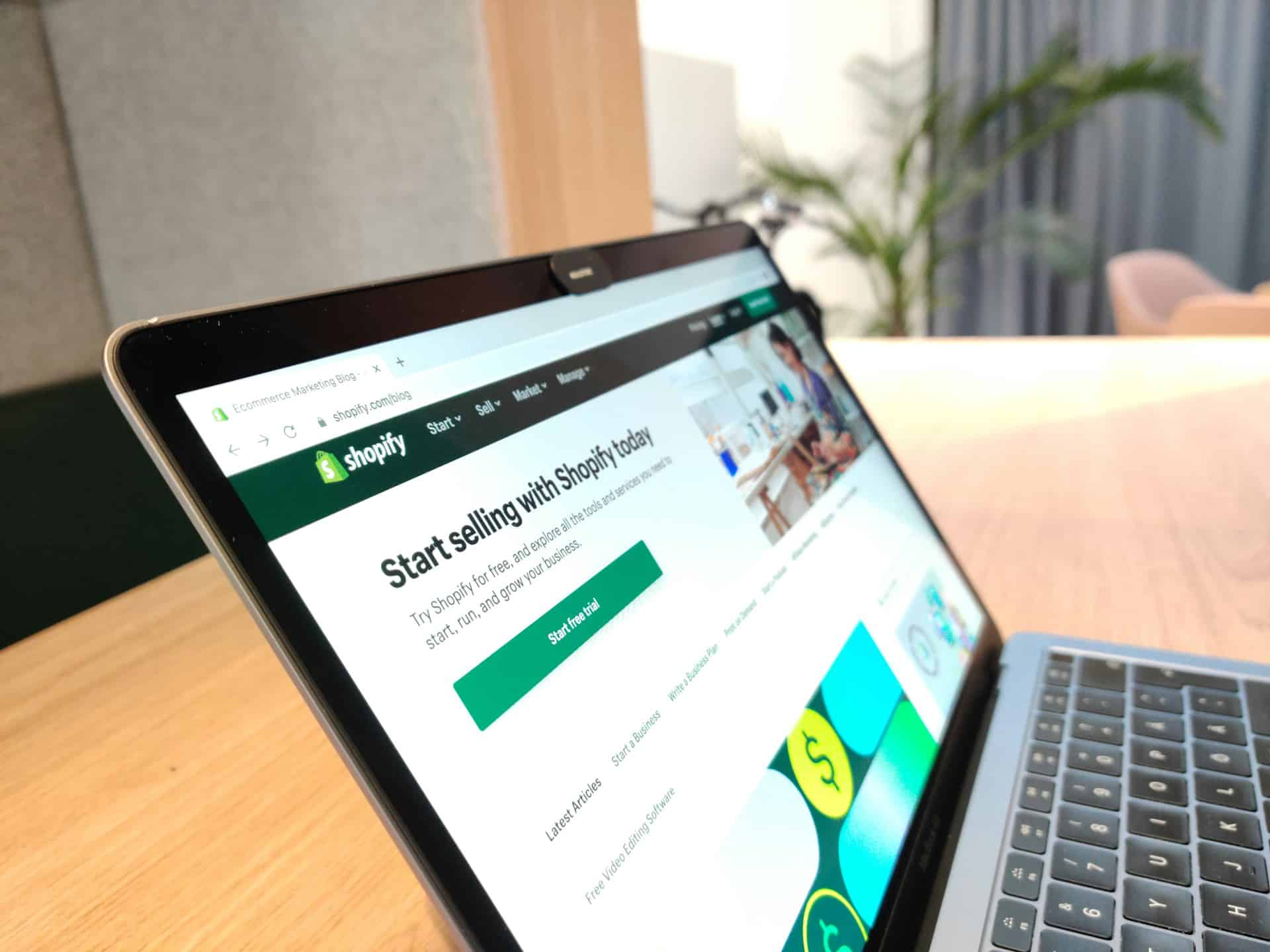The Difference Between Traditional And Headless Shopify Stores

You can think of Shopify as a drag-and-drop website builder: tug it into place, and boom, your site’s ready. That’s only half the story, though: not all Shopify stores are created equal. Traditional stores are those handy templates practically anyone can piece together. Headless Shopify stores, on the other hand, let you craft unique, high-performance setups. It’s like comparing a laptop, where everything is snug under one roof, to a powerful desktop that you can transform however you like.
I promise it’ll get clearer in the next paragraphs. So, what’s the difference between headless and traditional stores, and which one fits your business?
What is a traditional Shopify store?
A traditional Shopify store is a monolithic system where the front end (what customers see) and back end (inventory, payments, etc.) are tightly linked. Users build this store using what Shopify hands them. They pick from around 800 paid and 25 free themes, piecing it together like a puzzle — dragging blocks, tweaking titles, colors, fonts, and more.
To make it work, they hook it up with integrations (there are about 8,000 apps). This could be tools for order processing, analytics trackers, or abandoned cart recovery features. It all runs on Shopify’s servers, and pretty reliably too: they guarantee uptime up to 99.9% of the time.
But here’s the catch: customization is capped by theme and app limits. Fixed URL structures can make SEO a headache for niche markets. And if you pile on too many apps, your site might load at a snail’s pace. You know how it goes: three seconds, and 53% of mobile users are gone.
What is a headless Shopify store?
A headless Shopify store splits the front end and back end apart, connecting them with APIs. If I break it down super simply and a bit roughly, here’s what developers do:
- They grab a custom front end (what visitors see).
- Pair it with Shopify’s solid back end.
- Tie them together with Shopify’s API.
You get full control over the user experience. Want a unique design? Anything goes. Want your site to work across devices, from web to smartwatches, knowing omnichannel brands rake in 20-30% higher sales than single-channel ones? Headless can handle that too.
Even more, many brands see their sales grow after switching to Shopify headless commerce. Take Nour Hammour, whose conversions jumped 63% and sales soared 128%.
Traditional vs. Headless store: Let’s compare!
Let’s stack up the key differences between these store-building approaches.
Architecture:
- Traditional: Monolithic — front end and back end are one unit, managed by Shopify.
- Headless: Split — custom front end chats with Shopify’s back end via APIs.
Cost:
- Traditional: Depends on your plan, roughly $39/month and up.
- Headless: Initial costs range from $50K-$500K. Long-term, you can recoup it with high performance.
Customization:
- Traditional: You’re stuck with Shopify’s themes and design limits.
- Headless: You use outside frameworks to build something that talks and looks like your brand.
Performance:
- Traditional: When your catalog hits around 500 products or you load up on apps, load times can stretch to 2-3 seconds.
- Headless: Optimized pages let you dial down load times for a snappier experience.
Scalability:
- Traditional: Best for small businesses and mid-sized outfits.
- Headless: Ideal for medium to large stores. A headless setup can easily morph into something big, complex, and multi-layered.
SEO:
- Traditional: Fixed URL structures can make SEO less flexible.
- Headless: Custom URLs and headless CMS integration give you better SEO control.
What to choose: Traditional or headless store?
Traditional Shopify is a no-brainer for small companies or startups. Prep and launch take about a week, with costs from $40 to $2,000 a month. Sounds like just the ticket, right? On the flip side, if you’re a big company with a small catalog (say, 50 unique clothing items or 20 exclusive workshops), a traditional store can still meet your needs. Those cases are rare, though.
Headless Shopify is gaining traction with big businesses — 76% of large Shopify companies are hopping on this trend. If your company craves scalability and flexibility, this is your path. Headless commerce delivers a unique brand experience, custom design, and the ability to expand into international markets with multiple sales points.
Bottom line? Traditional Shopify suits startups or businesses in small to mid-sized niches. But if you’ve outgrown that stage and plan to keep growing, headless Shopify is the way to go.